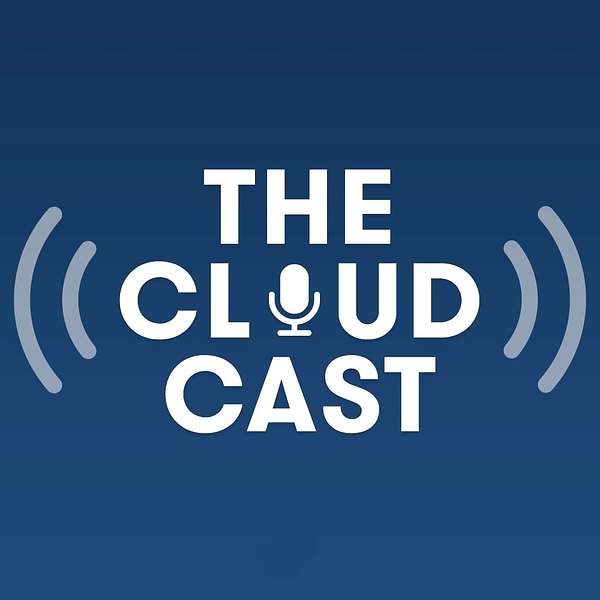
The Cloudcast
The Cloudcast (@cloudcastpod) is the industry's #1 Cloud Computing podcast, and the place where Cloud meets AI. Co-hosts Aaron Delp (@aarondelp) & Brian Gracely (@bgracely) speak with technology and business leaders that are shaping the future of business. Topics will include Cloud Computing | AI | AGI | ChatGPT | Open Source | AWS | Azure | GCP | Platform Engineering | DevOps | Big Data | ML | Security | Kubernetes | AppDev | SaaS | PaaS .
The Cloudcast
Understanding Time-Series Database Patterns
SHOW: 394
DESCRIPTION: Brian talks with Evan Kaplan (@evankaplan, CEO of InfluxData) about why companies choose time-series databases, commons use-cases, how time-series patterns align to changing business goals, and how to translate business demands to developer capabilities.
SHOW SPONSOR LINKS:
- Datadog Homepage - Modern Monitoring and Analytics
- Try Datadog yourself by starting a free, 14-day trial today. Listeners of this podcast will also receive a free Datadog T-shirt
- MongoDB Atlas - Automated cloud MongoDB service
- Visit mongodb.com/cloudcast to learn more. MongoDB Atlas handles all the costly database operations and admin tasks that you’d rather not spend time on, like security, high availability, data recovery, monitoring, and elastic scaling. Try MongoDB Atlas today!
- Get 20% off VelocityConf passes using discount code CLOUD
CLOUD NEWS OF THE WEEK:
SHOW INTERVIEW LINKS:
- InfluxData Homepage
- The InfluxData TICK Stack (Telegraf, InfluxDB, Chronograf, Kapacitor)
- InfluxData closes $60M Round of Funding (Feb 2019)
SHOW NOTES:
Topic 1 - Welcome to the show. You’ve been the CEO of InfluxData for a few years, but please share with the audience your background and how you came to lead InfluxData.
Topic 2 - For many decades, most data-centric applications were built around Relational Databases (SQL Databases). These days, application patterns and use-cases have expanded significantly. How do time-series databases fit into these new trends?
Topic 3 - With all the new patterns emerging, there are both business reasons and technical reasons for choosing the right platform. How do you find the business-level thought process happening (contributing, influencing) around platform choice? How do you find the technical-level thought process happening (contributing, influencing) around platform choice?
Topic 4 - Every company that’s involved with the commercialization of open source projects is trying to figure out the best way to manage a portfolio between OSS, software offerings and cloud offerings. How does InfluxData think about that mix, and what are you seeing in terms of customer-demand trends?
Topic 5 - Getting developer momentum and mass around a set of patterns is critical. How does InfluxData think about enabling developers, and what are some of things you’ve done to accelerate their success and consistent learning?
FEEDBACK?
- Email: show at thecloudcast dot net
- Twitter: @thecloudcastnet and @ServerlessCast

